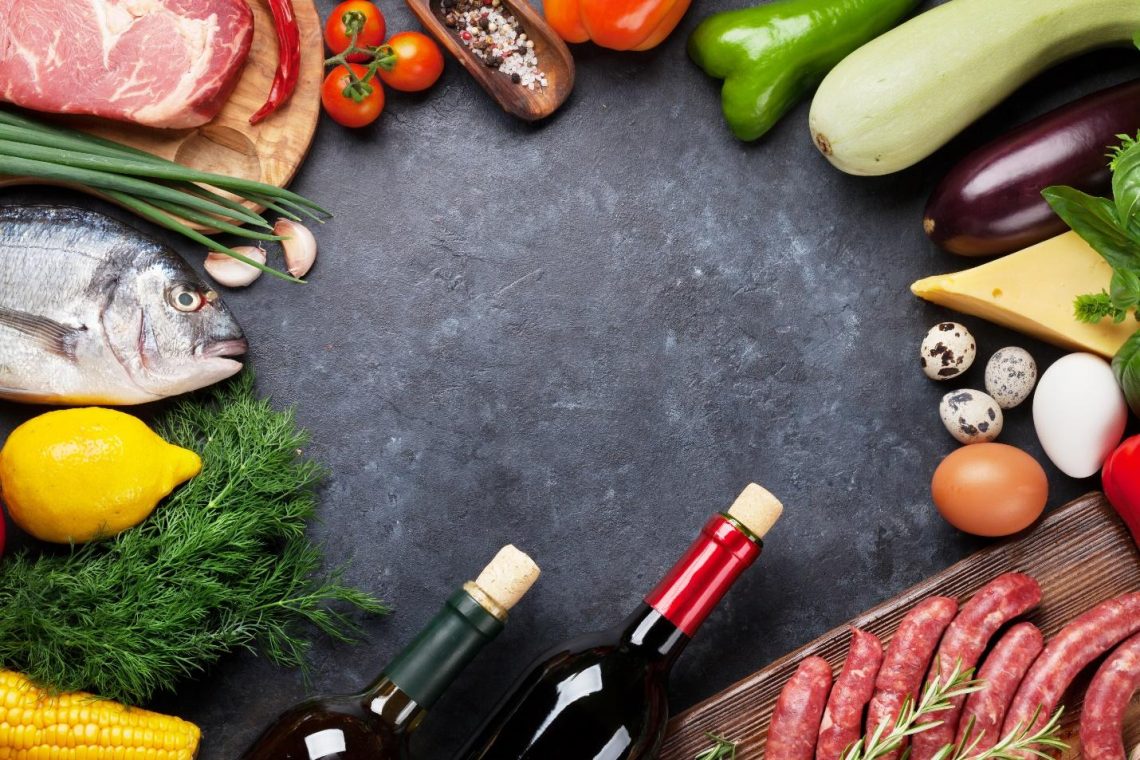
The Art of Wine Pairing: Enhancing Culinary Delights
From analyzing the tannin structure to identifying the flavour profile, pairing wine takes skill, cuisine knowledge and keen taste buds. To help you understand the ins and outs of pairing wine, we’ll discuss why wine pairing is important and provide the best strategies for pairing wine with cuisine.
You’ll also discover what foods the most popular wines pair well with, helping you create a truly delicious culinary experience.
Why is Wine Pairing Important?
Before we get started, let’s explore why pairing wine is crucial. Wine can make or break a meal; without a delicate balance between acidity, dryness and texture, you could seriously hinder your dining experience. That’s not to say that you must stick to stringent food and wine pairing rules but ensuring that you make a calculated decision when you choose bold red wine to pair with your prime rib dish could be the difference between a culinary adventure and just any other meal.
Wine also has a powerful impact on your meal, with refreshing whites able to tame the heat of spicy dishes and tannin-rich reds able to cut through the thickest of red meat fat. Tannins have a complex relationship with the proteins in our means and, in some cases, can soften the initial taste of the wine. As these proteins and tannins combine, this creates a smoother wine-drinking experience, ultimately elevating your meal.
Pairing wines also has cultural significance. In some cultures, and wine regions, there’s a strict pairing guide that locals will adhere to for the best culinary experience. For example, the French live by pairing foods and wines with similar intensities, with Bordeaux as the ultimate steak companion and Cinsault/Syrah with lamb in South Africa.
The Best Strategies to Find the Perfect Wine to Complement Food
Now you know why wine pairing is important, let’s discuss how you can do this from your home. Here are four top wine-pairing strategies for the ultimate culinary experience:
1. Measuring Flavour
An effective way to find the best wine to complement your food is to measure the flavour intensity. This ensures that you find a wine that’s perfectly balanced and doesn’t either overshadow the food or vice versa. Typically, rich, flavourful dishes can handle full-bodied wine that’s bursting with flavours. If you love a rich steak or prime rib, why not pair it with a rich bottle of pinot noir or cabernet sauvignon? These fuller-bodied wines can bring out the flavours of your dish rather than overpower them.
Light-bodied wines, like a classic sauvignon blanc or rosé, are better suited to light meals, as the flavour intensity won’t be too powerful for you to enjoy alongside a crisp salad or fresh fish meal.
By judging your wine pairing by the flavour intensity, you won’t risk having a mismatched meal and an unbalanced palate.
2. Identifying Acidity Levels
We tend to forget how important acidity level is in wine, but it can make a difference in how your dish tastes. Wines with high acidity, like pinot noir or Riesling, can cut through fatty dishes and cleanse the palate, making it a great wine if you’re transitioning between courses.
Acidic wines pair well with a vast range of dishes, including white and red meat, but it’s beneficial to pair it with a rich dish or dessert to balance the taste and cut through full flavours. Pairing an acidic wine with acidic culinary flavours can once again overpower the palate, so consider this before you serve up any dishes with a splash of vinegar.
3. Making a Regional Connection
A lot of the time, some of the best strategies are the simplest. When you’re looking to pair your next meal, think about where it comes from and what wines are traditionally served alongside.
For example, traditional French food pairings consist of mussels or oysters with a bottle of muscadet or pork-based dishes with a classic red from Rioja if you’re having a Spanish-themed dinner party.
Making a cultural connection embraces the heritage of your wines and offers an authentic experience as if you’re frolicking in the vineyard of Southern Rhone yourself!
4. Matching Flavour Profiles
Another simple way to make an expert wine pairing decision is to consider the flavour profile. Is your wine mostly sweet? Is it overwhelmingly dry? Are there notes of spice? Finding this out will help you either complement or contrast your dish.
If you have a very sweet wine, such as a Canadian iced wine, you can pair this with an ultra-sweet dessert for an epic indulgent treat. However, you could pair a sweet treat with an acidic wine to contrast the flavours, especially if you don’t have a sweet tooth.

Source: https://www.wineonline.ca/cabernet-sauvignon-icewine-by-tawse-winery-2017.html
Which Wines Are Best With Which Foods?
At Wine Online, we don’t believe in offering stringent guidelines when it comes to wine drinking. However, we recognize that some dishes pair perfectly with certain dishes. If you’re struggling to find inspiration for your next dinner party, here’s a guide to some of the best dishes for each wine type:
- Red Wine: steak, veal, venison, cheese, duck, pasta.
- White Wine: fish, crustaceans, salad, chicken, foie gras, pork.
- Dessert Wine: apple pie, strawberries, chocolate, peach cobbler.
- Sparkling Wine: cheese, light fish, cured meats, fruit.
Find the Best Wines to Pair With a Diverse Palate When You Shop at Wine Online
Looking for the best wine to pair with your next dinner party? Shop online at Wine Online today. Wine Online offers wine lovers like you an extensive range of delicious wines from around the world. From stunning French beverages to domestic delights from right here in Canada, we have wines that will take your culinary experience to the next level. Shop online with us today to find the best wines to pair with your next meal.





